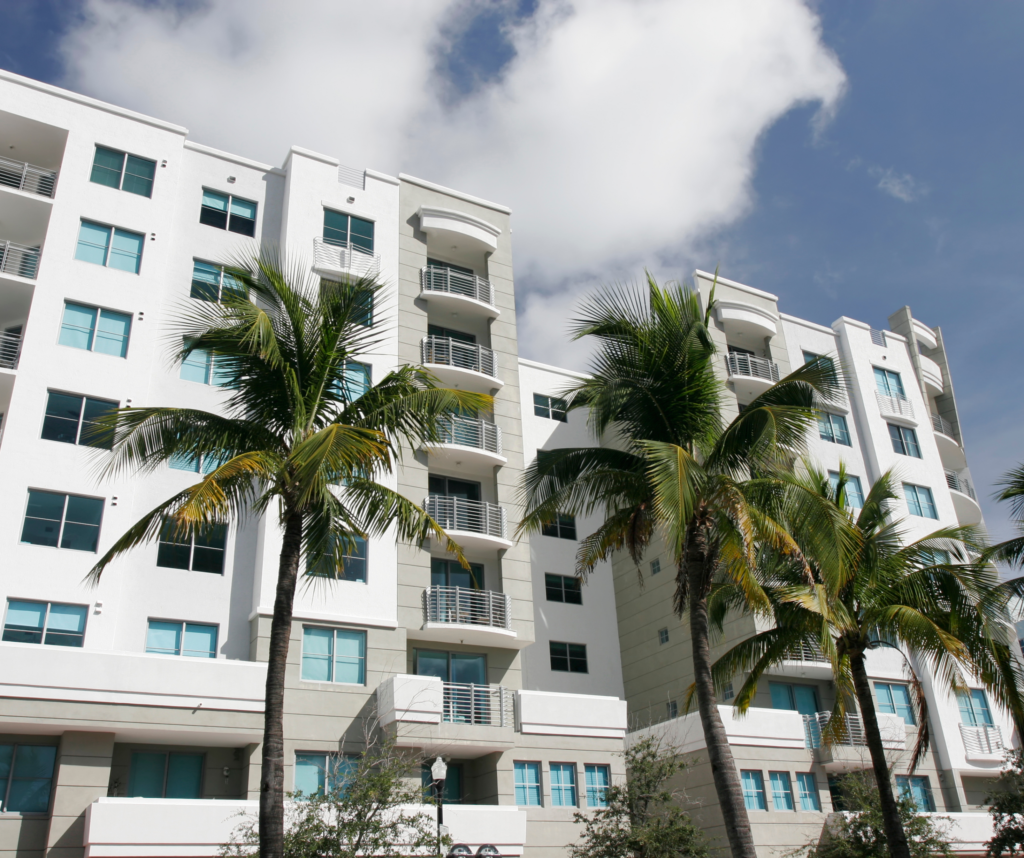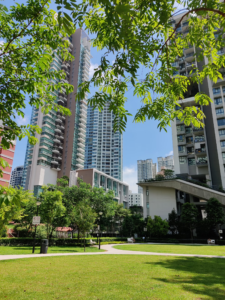Living in a community governed by a Homeowners’ Association (HOA) comes with shared responsibilities. One of the most crucial aspects for any HOA is financial planning. This is where reserve studies play a vital role. A well-executed reserve study is more than just a financial document; it’s a roadmap for the future, ensuring the long-term health and sustainability of your community.
What is a Reserve Study?
A reserve study is a comprehensive analysis that evaluates the long-term financial needs of an HOA. It involves:
- Assessing the condition of community assets: This includes examining the condition of buildings, common areas (like pools, clubhouses, and landscaping), and infrastructure (like roads and sidewalks).
- Predicting future capital expenditures: The study identifies major repair and replacement projects that will be necessary in the coming years, such as roof replacements, repaving, and pool renovations. And for older properties (25+ years), it is recommended that reserve studies also include replacing old Zinsco electrical panels as insurance carriers are closely assessing these old panels as an incredibly high-risk for electrical fires.
- Developing a funding plan: This outlines how much money the HOA needs to save each year to cover the anticipated costs of future projects.
Why are Reserve Studies Crucial?
- Proactive Planning: Reserve studies empower HOAs to plan proactively for major expenses, preventing the need for sudden and potentially burdensome special assessments.
- Financial Stability: Adequate reserves ensure the long-term financial stability of the community and help maintain property values.
- Transparency and Accountability: Reserve studies provide transparency to homeowners regarding how their HOA fees are being used and how the community is preparing for future expenses.
- Weathering the Storm:
- Insurance Rate Increases: Unexpected increases in insurance premiums can significantly impact an HOA’s budget. Adequate reserves provide a financial cushion to absorb such shocks.
- Natural Disasters: Reserve funds can be crucial for recovery after unforeseen events like storms, wildfires, or earthquakes.
- Economic Downturns: In challenging economic times, reserves can help maintain essential services and prevent service cuts.
Key Components of an Effective Reserve Study:
- Thorough Physical Inspection: A comprehensive inspection of all community assets is essential.
- Accurate Cost Estimates: Realistic cost estimates for future repairs and replacements, considering factors like inflation and material costs.
- Realistic Lifespan Projections: Accurate estimates of the remaining useful life of each asset.
- Comprehensive Funding Plan: A detailed plan outlining the annual contribution required to accumulate the necessary reserves.
- Regular Updates: Reserve studies should be updated periodically (typically every 3-5 years) to reflect changes in the condition of assets, costs, and market conditions.
Conclusion:
Investing in a comprehensive reserve study is an investment in the future of your community. By proactively planning for future expenses and building a strong financial foundation, your HOA can better navigate unforeseen challenges and ensure a more stable and enjoyable living environment for all residents.
Disclaimer: This article is for informational purposes only and does not constitute financial or legal advice.







